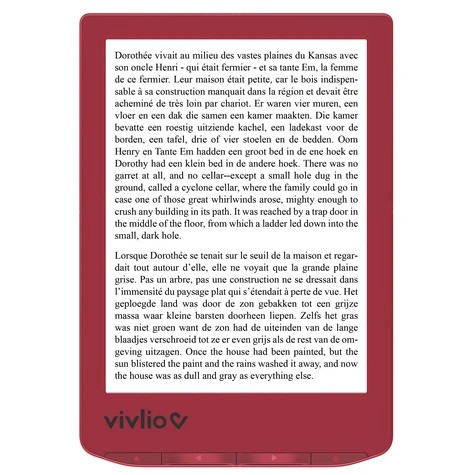En cours de chargement...
What is the art of commodities, and how does it contribute to shaping a city ? The case of Venice, which perhaps more than any other late medieval or early modern city depended on trade, offers some widely applicable considerations in response to these questions. Commodities exist as such only when they can be bought and sold. Select materials, techniques and tools, motifs, and working processes are entailed in the conception and realization of commodities, with the aim of producing and selling in numbers.
The art of commodities is an art of anticipation and organization, as complex as the material, social, and symbolic situations it results from, deals with, and contributes to shaping. In turn, an analysis of commodities allows for profound insights in these situations. The art of commodities ultimately presents specific challenges, solutions, and styles ; it is an art of objects, as well as an art of cities and societies.
In Venice, commodities did much more than circulate throughout the Lagoon : the city was made of them. The studies in this book consider the Serenissima's diverse commodities, merchants, and routes from multiple perspectives.





